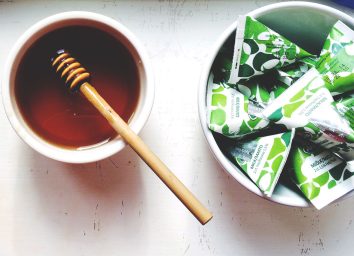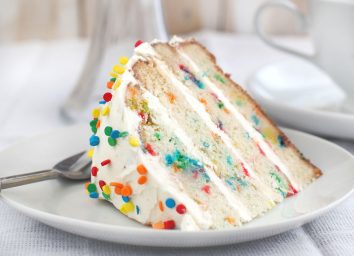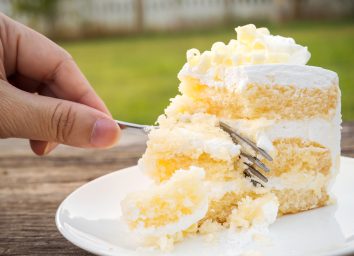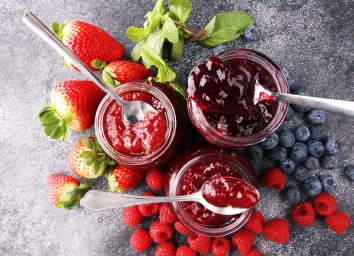Let’s Settle It: What Is Confectioners’ Sugar?
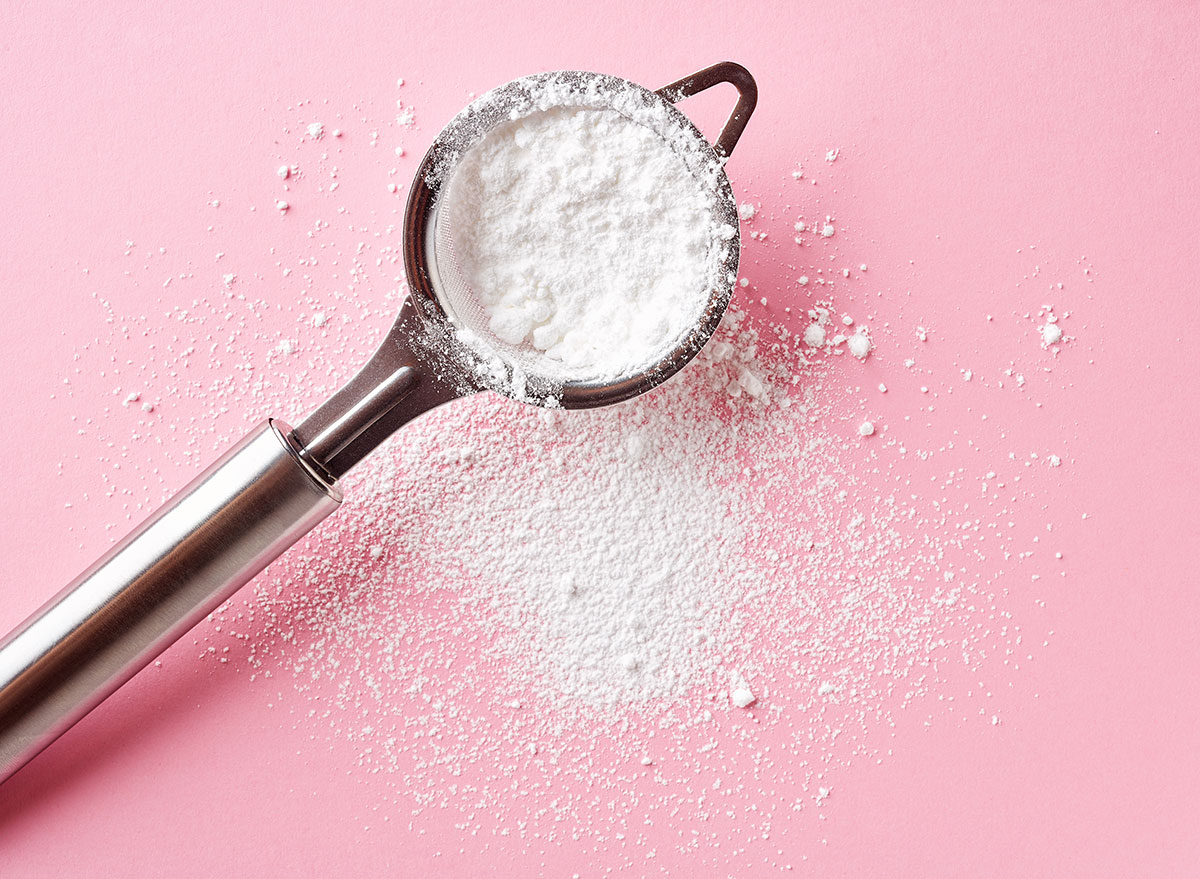
Confectioners’ sugar is an important garnish in the baking world, so if you don’t bake often, it’s understandable why you may not be too sure what exactly it is. Perhaps a more commonplace name for the ingredient is powdered sugar, which is essentially the sweet fairy dust that delicately coats a wide range of desserts, including chocolate-covered strawberries, gooey brownies, funnel cake, and even tangy fruit tarts. So the question is, how does confectioners’ sugar achieve a wildly different texture than granulated sugar (aka your regular table sugar)? They are both the same thing, right? We consulted Brian Millman, executive chef of Vol. 39 and the Kimpton Gray Hotel, for more insight on how this sugar is made and which recipes it’s typically included in.
What exactly is confectioners’ sugar?
Chef Millman says that confectioners’ sugar is a finer form of granulated sugar that’s usually been mixed with cornstarch. Why cornstarch? Cornstarch acts as an anti-caking agent, which just means that it inhibits the sugar from forming clumps. Powdered sugar is known for being smooth and, well, powdery, right? Powdered sugar that’s sold in stores includes a small amount of cornstarch to prevent clumping. If you made your own powdered sugar and only enough for your dessert, there may not be a need for the cornstarch, but more on that later.
Here’s how it’s made: granulated powder is ground into smooth power and then sifted to dispose of the chunky sugar particles.
What kinds of recipes call for confectioners’ sugar?
“I mainly use confectioner’s sugar when baking cookies, cakes, and different sweets, but also for making icing from scratch,” says Millman. “Because it’s so fine, it’s great for sweetening whipped cream without leaving the lingering gritty texture that granulated sugar would.”
Millman says that he also uses confectioners’ sugar as a garnish because, in his words, “it adds to the overall presentation and dimension while sneaking in an extra bit of sweetness.”
Can you substitute confectioners’ sugar for regular sugar in a recipe?
“I don’t recommend substituting confectioners’ sugar for granulated sugar. It contains a little bit of cornstarch, which could change the flavor and texture of your recipe,” explains Millman.
Can you make confectioners’ sugar at home?
Well, of course, you can! Millman says that if you don’t have any powdered sugar in your cabinet, but you have granulated sugar on hand, he suggests putting the sugar in a blender and pulsing until that irresistibly smooth and soft texture is achieved.
The Sugar Association also recommends blending one cup of granulated sugar with one tablespoon of cornstarch to yield one cup of confectioners’ sugar. And if you want to toss some aromatics into the mix…
“Don’t be afraid to play around with powdered sugar’s flavor and scent by infusing it with different ingredients,” says Millman. “Lavender and dried orange peels are some of my favorites. Just keep in mind that it’s a dry product, so it will need another dry product to impart flavor without changing the texture.”
Now, who’s ready to get baking?
